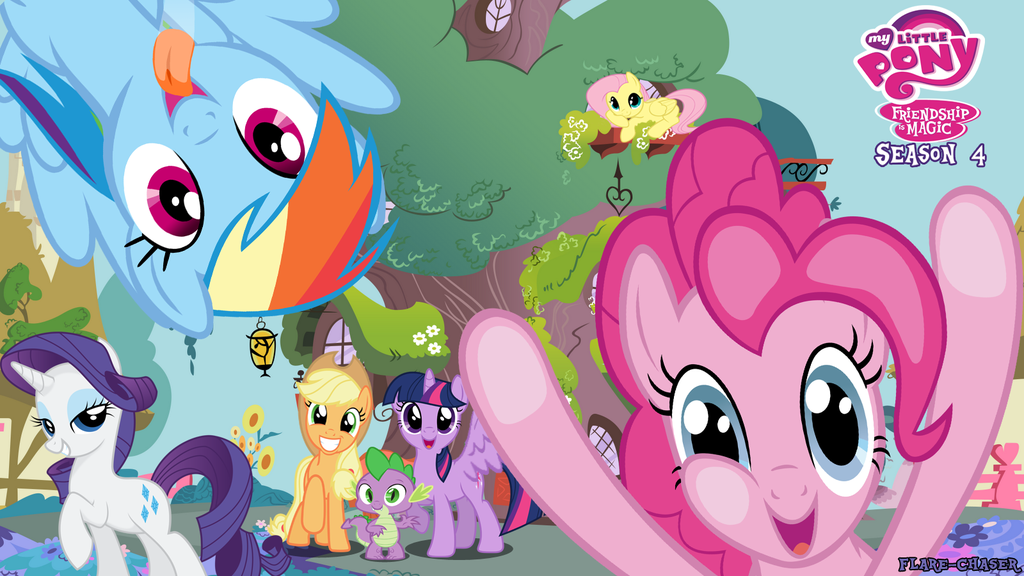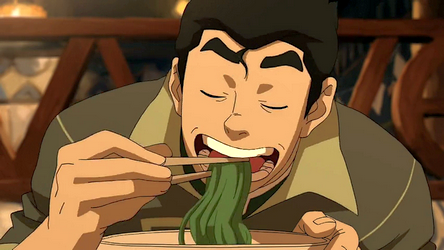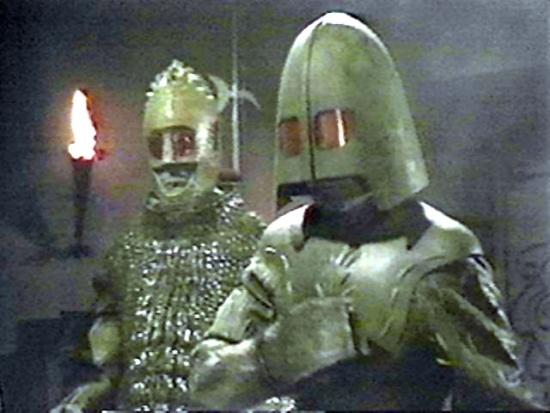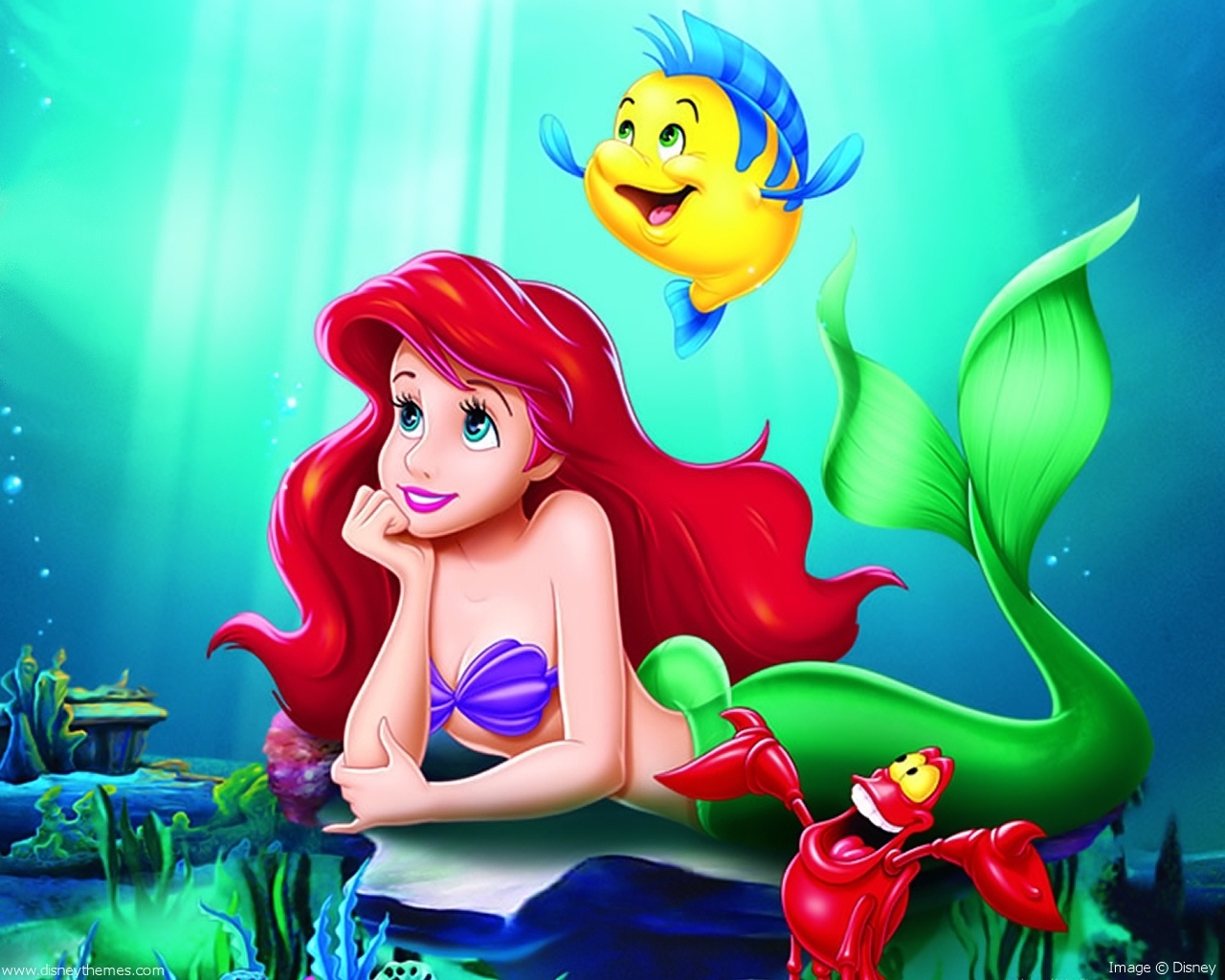Yes, yes, you read correctly, NERD PARTY. However, for non-nerds, there will still be lessons you can take away from this post, I promise (:
I've thrown a couple of parties over the past few years. I'm currently studying to be an event planner, but until I start planning events on a larger scale I've used a lot of my ample time coming up with ideas for parties I could throw in my own home. I LOVE throwing parties. I will hunt down excuses to throw parties. If I find a recipe I like that works great for a party, I will throw together a potluck game night party where I get a chance to finally make that recipe. If I find a decorative centerpiece or some new linens that absolutely NEED to be shown off, I will make it happen.
Sometimes though....I'll save a bunch of ideas and release them into the world all at once. For example: my 22nd birthday was a generic nerd party. I had a TARDIS cake, Pokeball cookies, a Pinkie Pizza Pie and Skywalker Smoothies with HP and Mana potions to boot. When I party, I party hard, and I have no problem nerding out.
But, birthdays only come around once a year (unless you're like me and throw half-birthday parties, or birthday parties for your pets, or......*cough* you get the idea). Another great excuse to throw a party, which has become increasingly popular over the past several years is to throw a viewing party--likely for a season premiere or a season finale.
So let's say that there's a big show having a big special event happen and you want to celebrate it by throwing a party? What do you do? Where do you begin?
If only we could all be so lucky to have party cannons.
Well, let's take this one step at a time. If you're taking on the role of an event planner, what is expected of you and what are your responsibilities? And how do you define what an event planner actually is?
An excerpt from my notes on meeting planning:
Event/Meeting planners are responsible for planning and coordinating the wide variety of activities needed to produce meetings and related events. They coordinate every aspect of a meeting, including securing the location, acquiring entertainment, and arranging for materials, food and beverage, and other equipment. Although there are several kinds of event planners and meeting planners, the exact nature of the job will vary depending on the organization you work for or are helping to plan for.
Since we're talking about a purely social party and you're in charge of a lot of variables, this can potentially make things easier. Below I've outlined a step-by-step process for planning a party or an event.
- Find a venue. Consider sleeping situations, public transit options, exhibit/meeting space available, F&B, A/V, etc.
- Arrange for support services, coordinate with the facility, prep your staff, and make sure that if you need any supplies that you have a plan for obtaining them (including F&B)
- Post-Party: often, your planning doesn't stop after the event is over. You need to take a look back and see what worked, what didn't work, and how you can make the event better next time (if there will be a next time).
I know that sounds confusing, but lemme break it down for you.
I'm planning a tv-party this weekend, so I'll use my party as an example for the above.

My party this weekend will celebrate the 50th anniversary of Doctor Who, the season four premiere of My Little Pony: Friendship is Magic, and the season two finale of the Legend of Korra. There will be 5-7 of my friends in attendance, and some of them are vegetarian.
- Find a venue - my home. Nobody will be sleeping over, transit may be a problem because several people in attendance live 20+ miles away, we will primarily be using the living room for tv-viewing and socializing, I will have to put together a menu and cook day-before and day-of, and I have a DVR that will have recorded all of the shows we'll be watching.
- Arrange for services - talked with my parents and had the party approved on the condition that they don't have to clean it up. I've put together a menu taking into account dietary restrictions, and have made a shopping list for my grocery store run on Friday. I also might have my best friend in tow who can double as my sous chef while I'm cooking.
- Post-Party: if a particular item of food got cleared off the plate in a matter of minutes, it's probably a good item to bring back for other parties. If there was something that hardly anyone touched, then I'll know for next time to not make as much or any at all. Did any of the decorations break down or get destroyed? Did any of the furniture cause a hindrance to guests? These are all questions I'll have to answer after the party finishes.
Once you've figured out most of the big picture stuff, you can begin working on the small (but still important) stuff; ie. figuring out your budget, putting together a menu, getting a final guest count, etc.
A week or more away until your party...
Budgeting is something that you should take into consideration early on in your planning stages. If you've got income to spare and you wanna go full-out, then I dig it. Buy yourself a giant balloon archway for guests to walk through, a photobooth with a cardboard cutout of your favorite celebrity, a couple of fresh floral arrangements and linens to match, GO FOR IT (and invite me, I'd love to see it all). Just make sure you have enough time to make it all happen.
However, if you're like me and don't have a lot of money to spend, you've gotta make sure you set a limit and make sure that your party can be done with the budget allotted. You could do what I sometimes do and put together a BEO - banquet event order. This is a fancy industry-term for an all-inclusive, line-item, shopping list.
Example:
Item Quantity Price (per piece) Total Price
Safeway Pork Buns 1 bag (8 pieces) $6.99 $6.99
Shrimp Gyoza 2 boxes (6 pieces per) $5.99 $11.98
Hoisin Sauce 2 jars $4.99 $9.98
You get the idea. It helps keep my expectations more realistic. It's also useful to be able to see a print-out of everything you're buying in case you need to cut back on a few things. Luckily, in my case, I don't have to pay for A/V equipment and I don't have to pay for a venue, so I can spend a huge amount of my budget on food and beverages. I'm a HUGE foodie, so I have no problem spending a little more on better products. The food you serve can make or break a party.
Speaking of food and beverages.......
food is the best thing ever
A few days out...
A really good time to start finalizing your menu is about three days away from the party. This will give you ample time to go grocery shopping, and if the store doesn't have something you need then you still have time to shop elsewhere or wait for them to restock the following day. This also applies to corporate meetings at venues that are covering F&B - the chefs will usually have a final menu for your event about three days out once you've confirmed a head count. Be sure to take into consideration any allergies or dietary restrictions that your guests may have and pass this info along to the correct people.

For example: I know that for the Legend of Korra portion of my party I'll be serving Asian cuisine. I wanted to start out with a pork bun appetizer, hoisin chicken over noodles for the main dish, and then small cakes for dessert. Looking back over my menu, I realized that I didn't have any vegetarian (more precisely, pescetarian) options for this portion of the party. I had to go back and rework some food options, adding shrimp gyoza to the list of appetizers, and then budgeting appropriately so I can get a nice salmon fillet added in for the main dish so my pescetarian friends don't have to eat celery and dip all party long.
I had originally thought of making soba or ramen, but it's very difficult to make massive amounts of it at a time. I switched over to hoisin chicken (and a bit of salmon) which is fantastic because I can cook a dozen pieces in the oven all at once, and there's little work involved.
Brainstorm what's going to be easy to cook as well as what's going to be easy to clean up!
Fun tip: If you're going to be baking goodies, you can cut down your cooking time day-of by cooking them the day before. This'll give you more time to mingle with guests, and it'll also free up your cooking appliances for other food that needs to be cooked day-of. Just throw the goodies in the oven a few minutes before serving to warm them back up again, and your guests will never be the wiser! (;
The day before your party...
The day before your party is primarily spent running around like a chicken with its head cut off.
I KID, I KID; DO NOT FREAK OUT.
In most cases there aren't a whole lot of things you will be able to do the day before. Best case scenario you can start putting up decorations and start cooking some of your goodies for the next day. Casually check in with guests and remind them what time is a good time to arrive, and (gently) remind them to bring anything if they're supposed to. If you have a larger party with big installations happening like a balloon arch or a photobooth, then it's totally okay to call up the company and touch-base with them to go over final details.
I speak chopenese, do you?!
If you're into making timelines, then today would also be a good day to put one together. It can be as simple as:
11:00 Doctor Who
2:00 Guests show up
2:30 My Little Pony
3:00 Games
5:00 LoK
6:30 End
Or it can be as detailed as a BEO:
9:15am: Wake up and shower
9:45am: Leave to pick up guests to go to theater
10:15am: Arrive at theater, stand in line (likely outside) and hope it isn't raining
10:47am: Get text message from someone about not catching the train because of the rain
10:58am: After scrambling around to find them a ride, they text you back and they're magically back on schedule
11:15am: More rain? More rain.
11:25am: Theater folks were nice enough to finally let us into the theater
11:50am: Doctor Who
12:30pm: Leave theater in awe or in disgust - feels pending
1:15pm: Arrive at home and begin cooking
etc

My sincerest recommendation if you prefer drafting the latter kind of schedule: please don't try to get things down to the minute. I've seen wedding planners pull their hair out because the maid of honor took an extra 13 seconds in the bathroom so now the whole wedding is like 2 minutes behind schedule. Trying to micro-manage like that will stress you out.
PARTY DAY!
Get cooking
Keep calm
Don't do this.
Have fun - it's a party!
Please, not so much you end up butt-nekkid.
Be sure to eat something!
After cleaning up, pat yourself on the back and go rest - you threw an awesome party.
If you liked this blog entry and want more, please let us know! If you have other party ideas, questions, comments, or concerns be sure to leave a comment below.











































